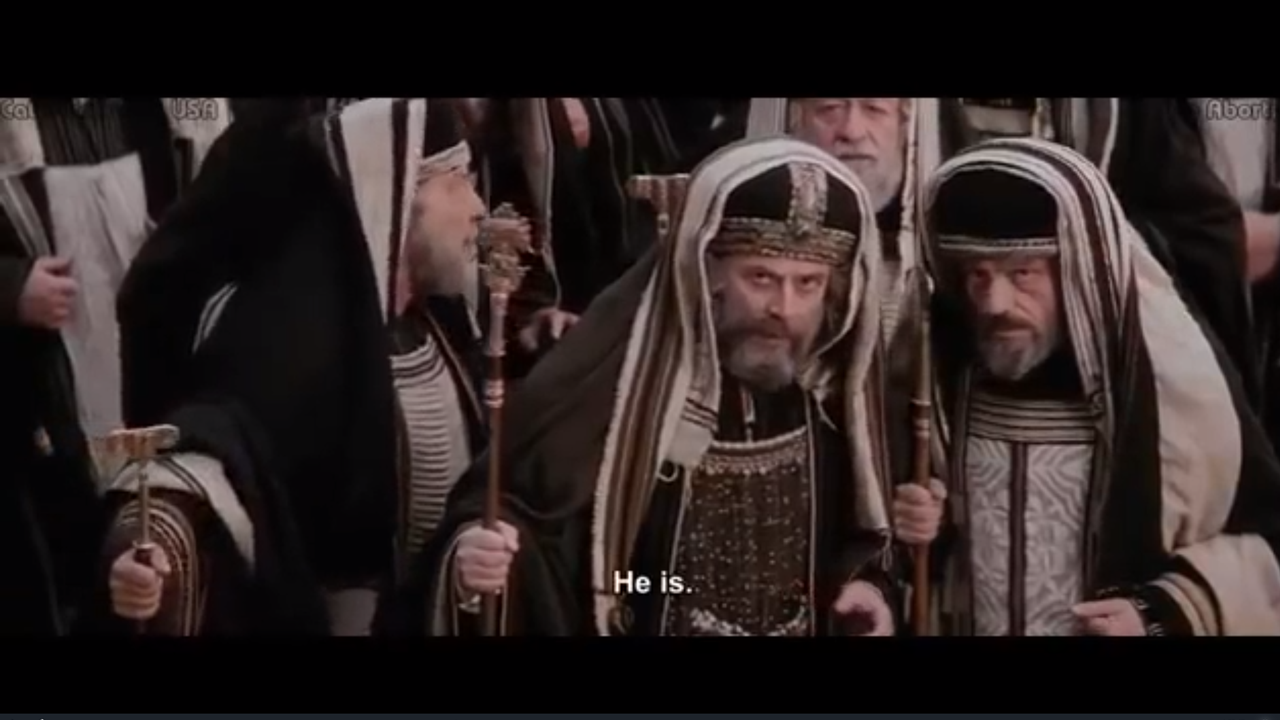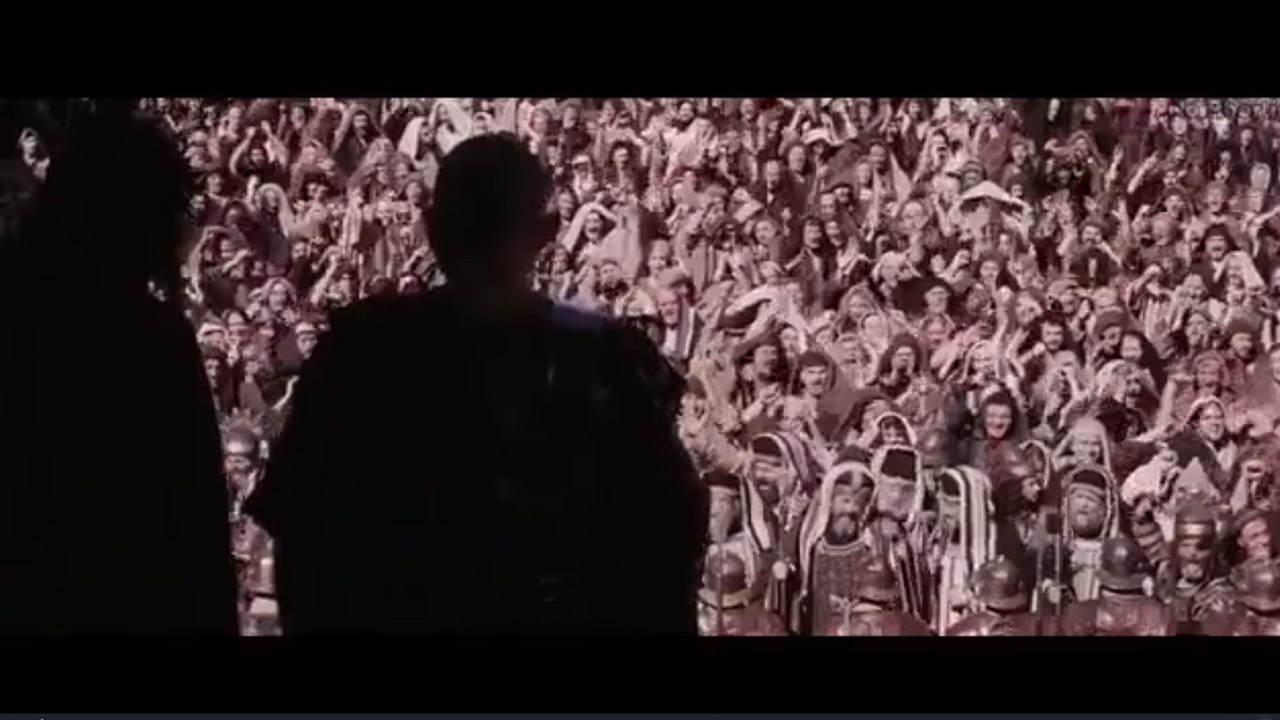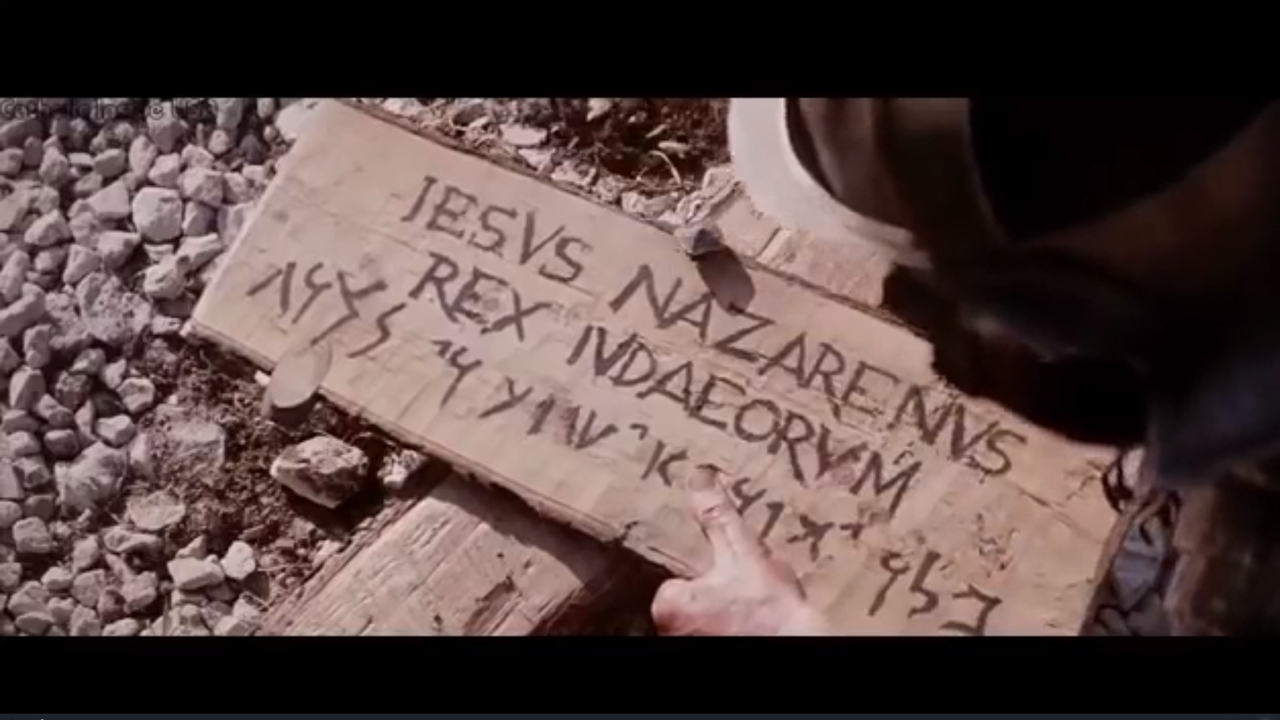The Passion Of The Christ Easter Eggs
Asher Chee |As the Easter week draws near, many Christians would be watching—or rewatching for the thousandth time—the beloved movie, The Passion of the Christ (2004). Here are a few “easter eggs” in the movie which you may not be aware of:
1. Passover Liturgy Reference

In the scene right after Jesus is arrested, Mary wakes up suddenly. When the other woman asks her what the matter is, Mary says in Hebrew:
Mah nishtanah halailah hazeh mikol haleilot?
Why is this night different from all other nights?
The other woman holds Mary and answers, also in Hebrew (the movie’s subtitles are inaccurate here):
Avadim hayinu lefar’oh bemitsrayim, vayotsi’einu adonai eloheinu...
We were slaves to Pharaoh in Egypt, but the Lord our God brought us out...
This is actually a reference to the Passover Seder—a traditional, standardized manner in which the Passover observance was conducted in Jewish homes. According to the Passover Seder, the youngest child present would begin the story-telling section of the Seder by asking:
Why is this night different from all other nights?
An adult would then answer:
We were slaves to Pharaoh in Egypt, but the Lord our God, brought us out from there with a mighty hand and an outstretched arm. And if the Holy One, blessed is he, had not brought our fathers out of Egypt, then we, our children and our children's children would still be enslaved to Pharaoh in Egypt.
2. Jesus Speaks Latin

During Pilate’s interview with Jesus, he begins the conversation by speaking to Jesus in Aramaic:
Pilate: Drink!
When Jesus refuses the drink, he proceeds to interrogate Jesus in Aramaic:
Pilate: Are you the king of the Jews?
Jesus replies Pilate in Latin:
Jesus: Are you saying this from yourself, or did others tell you about me?
As Jesus was speaking these words, the scene cuts to a Roman soldier standing by, who turns his head around in surprise. Pilate responds in Latin with some Aramaic interspersed:
Pilate: Why would I ask you such a question? (In Aramaic:) Am I a Jew? (In Latin:) Am I a Jew? Your priests delivered you to me. They want me to execute you. Why? What have you done? Are you a king?
Jesus: (In Latin:) My kingdom is not of this world. If it were, do you think my servants would let them deliver me?
Pilate: (In Aramaic:) You are a king. (In Latin:) So then, you are a king.
This portrayal of Jesus is rather striking, as the movie portrays all the other Jews as being unable to speak Latin. The Roman soldiers speak to each other in Latin, but when speaking to Jews, they would use Aramaic. Even the chief priests use Aramaic when speaking to Pilate.
3. “He Is”

After his interview with Jesus, Pilate goes back out to the Jewish crowd. After silencing them, he asks:
This man is a Galilean, is he not?
Caiaphas replies:
He is.
The Aramaic word which Caiaphas uses to say “he is” is yehĕwēh, which closely resembles the personal name of God in the Hebrew Bible, which many Christians pronounce as Yahweh.
Is this really just pure coincidence, or did Mel Gibson—or the Aramaic script writer—intend to put an implicit admission in the mouth of the High Priest that Jesus was God in the flesh?
Maybe I am just thinking too much. After all, yehĕwēh is the normative way of saying “he is” in Aramaic.
4. The Un-subbed Cry

When the Jewish crowd insists that Pilate crucify Jesus, he washes his hands and says: “It is you who want to crucify him, not I. Look you to it. I am innocent of this man’s blood.”
Immediately after that, a voice from the crowd says something in Aramaic which is not subtitled. Here it is:
Yehĕwēh dəmēhh ʿalēynāʾ wəʿal bānēynāʾ!
Let his blood be upon us and upon our children!
This, of course, comes from Matthew 27:25.
5. The Sign on the Cross

In the movie, the sign on Jesus’ cross is written with only two languages: Latin and Aramaic. However, the biblical accounts state that the sign was written in three languages: Hebrew, Greek, and Latin (Luke 23:38; John 19:20).
Also, none of the biblical accounts actually say that the sign had any Aramaic written on it. The Greek expression rendered “in Aramaic” in many translations of Luke 23:38 and John 19:20 is hebraisti, which actually means “in Hebrew”.
In the movie, the Latin and Aramaic inscriptions on the sign are not consistent with the word order. The Latin has:
IESVS NAZARENVS REX IVDAEORVM
Jesus the Nazarene, king of the Jews
This word order is consistent with the biblical accounts. The Aramaic text, however, has it reversed:
מלך יהודיא ישוע די נצרת
The king of the Jews, Jesus of Nazareth
6. Where is Paradise?

On the cross, one of criminals being crucified beside Jesus challenges him to save himself and them. The criminal on the other side of Jesus rebukes him, and says to Jesus:
I ask only that you remember me, Lord, when you enter your kingdom.
Jesus replies:
Amen I tell you on this day you shall be with me in paradise.
The expression that Jesus uses for “paradise” is gan ʿēḏen, which means “The Garden of Eden” in Hebrew. Why did Jesus tell this righteous criminal that he will be with him in the Garden of Eden? If you would like to find out, check out this article: What Is Paradise? Part 2: What does “Paradise” Mean?.

